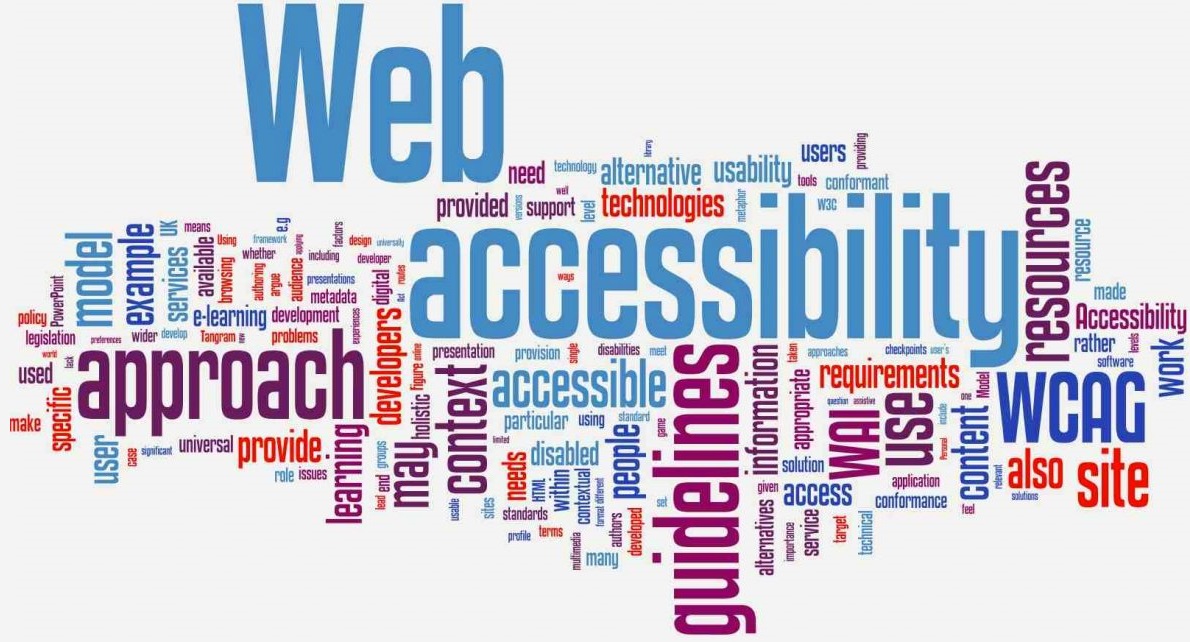The world of digital accessibility is a confusing one. The Americans With Disabilities Act. Section 508 Compliance. WCAG guidelines. With an increase of legal action being taken against inaccessible content creation, understanding these regulations and guidelines is vital to success and user satisfaction.
The disability community fought for the Americans With Disabilities Act (ADA), protesting on the White House's steps for regulations that would help them attain freedom and independence. Once passed, public spaces were required to be usable by people of all abilities. As the technological world developed, the disability community began the fight for access to digital content. Although the ADA clearly prevented discrimination on the basis of disability and guaranteed equal opportunity to all involved, no provisions were made for websites, applications, and other digital content. In effect, the ADA stated that digital information needed to be accessible, but did not discuss what the requirements were so that said content could meet legal approval. This resulted in an influx of legal action taken against colleges and companies who shut out people with disabilities by limiting their access to content.
In response to this, the US government created a set of requirements under Section 508 of the Workforce Rehabilitation Act. The amendments, originally passed in 1998, instructed that government agencies and places of higher education give people with disabilities access to electronic information that is comparable to the level of access available to others. Throughout the years, Section 508 has been updated to keep up with digital trends and consumer demands. Its most recent additions were finalized in January of 2018, harmonizing its requirements with worldwide initiatives and guidelines.
These guidelines are the Web Content Accessibility Guidelines (WCAG), developed by individuals and organizations whose goal was to create standards that would work for organizations, agencies, and others on an international level. It is not a set of laws like the ADA or Section 508, but a framework to be followed and used in order to meet those regulations. Containing twelve specific guidelines split into four main categories, the WCAG provides a clearer picture of what accessibility should look like for individuals, brands, and agencies alike.
Section 508 compliance is necessary for government agencies and places of higher learning. ADA rules include all digital content that can be publicly available. The WCAG guidelines assist with meeting the demands of the ADA and Section 508, but also go deeper to give every person the best experience possible. It is important to understand that even though content may meet regulations, it may still have accessibility flaws, which is where WCAG comes in. These guidelines exceed legal demands and ensure successful delivery of electronic information to anyone with a disability.
Any content that meets WCAG standards also passes ADA and Section 508 regulations. Digital accessibility is complex, but understanding its history is an important part of affecting positive change. Having a basic understanding of the concepts behind these regulations and guidelines will help anyone go on to create high quality accessible content.







